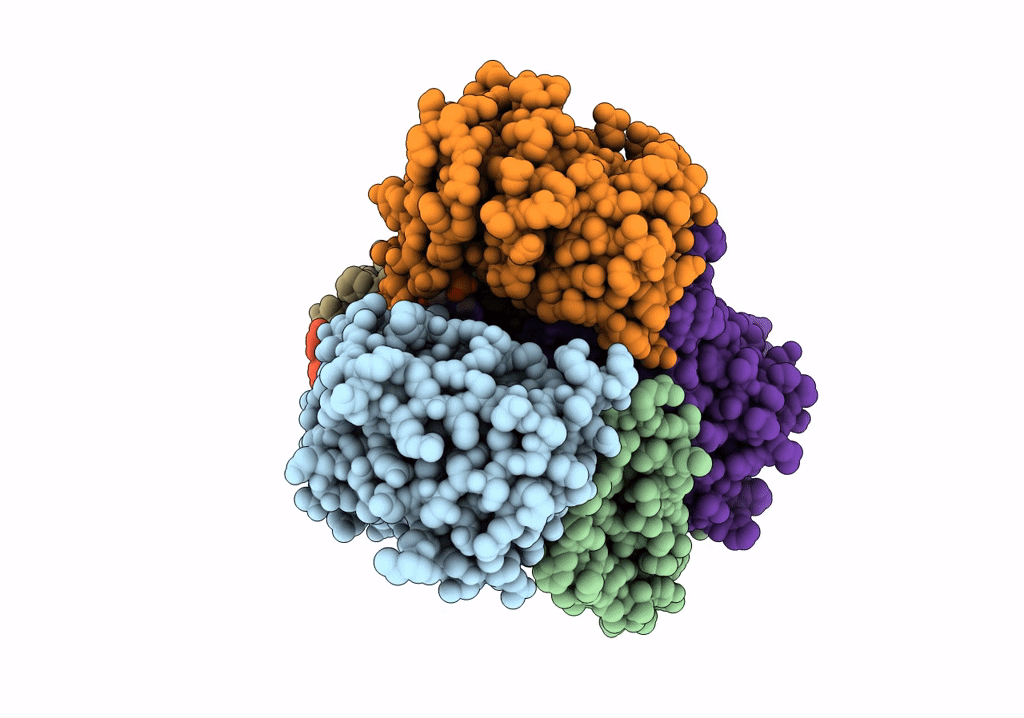
Deposition Date
2021-09-13
Release Date
2022-11-09
Last Version Date
2024-06-19
Entry Detail
PDB ID:
7VFP
Keywords:
Title:
Cytochrome c-type biogenesis protein CcmABCD from E. coli in complex with heme and single ATP
Biological Source:
Source Organism:
Escherichia coli BL21(DE3) (Taxon ID: 469008)
Host Organism:
Method Details:
Experimental Method:
Resolution:
4.03 Å
Aggregation State:
PARTICLE
Reconstruction Method:
SINGLE PARTICLE


